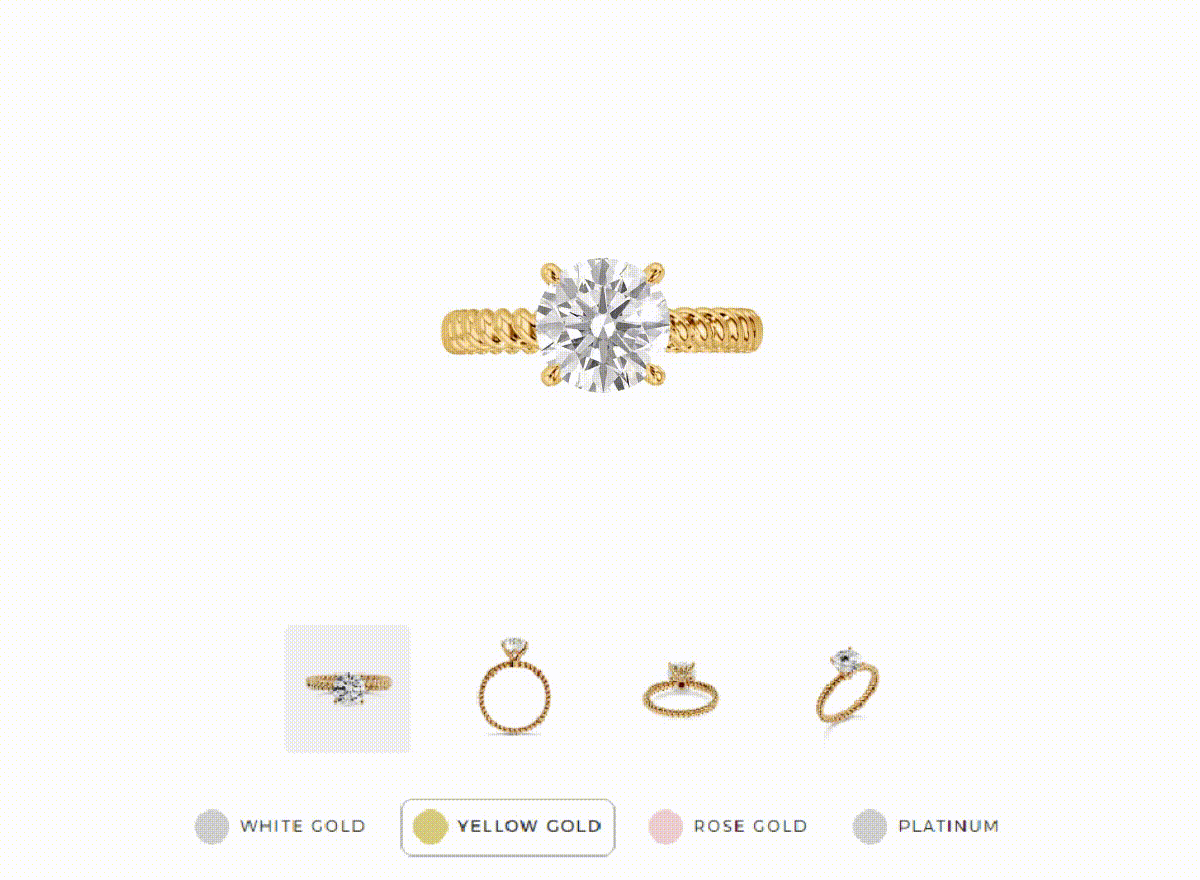
In today’s competitive market, jewelry shops are constantly seeking ways to improve efficiency and reduce costs while offering high-quality, personalized pieces to customers. One of the most effective strategies that has gained traction in recent years is the use of 3D jewelry models. This innovative approach not only streamlines the design and production process but also enhances customer satisfaction, leading to long-term savings for jewelry retailers. In this article, we will explore how 3D jewelry models can help jewelry shops save time and reduce costs without compromising on quality or creativity.
Traditional jewelry design methods often involve hand-drawn sketches and physical prototypes, which can be time-consuming and expensive to produce. With 3D jewelry models, the design process becomes more efficient. Designers can create digital models of jewelry pieces using CAD (Computer-Aided Design) software, allowing them to quickly make adjustments based on customer preferences. This means that instead of starting from scratch with each new request, jewelers can modify existing designs, saving both time and resources.
Additionally, with the ability to visualize the final product in 3D, customers can provide feedback early in the design phase, reducing the likelihood of revisions later in the process. This reduces back-and-forth communication between the shop and the customer, making the entire design experience faster and more efficient.
Producing physical prototypes of jewelry pieces is traditionally a costly and time-consuming process. Each prototype requires materials, labor, and time, and changes in design often necessitate the creation of new prototypes. With 3D jewelry models, jewelry shops can reduce or even eliminate the need for multiple physical prototypes.
Instead of relying on physical models, shops can use 3D renderings to showcase designs to customers. These digital models are often so lifelike that customers can visualize the finished product with great accuracy. This not only saves material costs but also reduces the time spent on creating prototypes. In cases where a physical model is still needed, 3D printing technology can be used to create a quick, cost-effective prototype, further reducing expenses.
When customers can see a realistic 3D rendering of their jewelry design, it becomes easier for them to make decisions quickly. Unlike flat, 2D sketches, 3D models offer a detailed view of how the final product will look from every angle. This transparency builds customer confidence in their purchase decision, often leading to faster approvals.
With a quicker approval process, jewelry shops can move to the production phase sooner, reducing the lead time for completing custom orders. This faster turnaround time not only increases customer satisfaction but also enables the shop to take on more projects, leading to higher revenue potential.
Errors during the production of custom jewelry can be costly. Miscommunications between designers and customers, or between designers and manufacturers, can result in incorrect specifications, leading to wasted materials and time. By using 3D jewelry models, these risks are significantly reduced.
Because 3D models are highly accurate and detailed, they allow designers and manufacturers to work from precise specifications, ensuring that the final product matches the customer’s vision. This precision minimizes the chances of production errors, saving the shop both time and money by avoiding the need to remake pieces.

Another significant advantage of using 3D jewelry models is the ability to optimize material usage. In traditional jewelry design, there may be a greater amount of trial and error when determining the right proportions and materials for a piece. However, with 3D modeling, designers can calculate exactly how much material is needed before production begins. This allows shops to avoid overuse of precious metals and gemstones, ensuring that materials are used efficiently.
By reducing waste, jewelry shops can lower their material costs, leading to more profitable production runs. This is especially important for custom pieces, where precious materials are often used, and any wastage can result in considerable financial losses.
In a traditional jewelry shop, managing inventory involves keeping a wide range of designs in stock to meet customer demands. This can lead to overproduction of certain designs or underproduction of others, both of which can result in lost revenue. With 3D jewelry models, shops can move towards a more on-demand production system.
Instead of producing a large stock of each design, jewelry shops can create 3D models of their pieces and showcase them to customers either in-store or online. Once a customer selects a design, the shop can produce the piece on demand, reducing the need for large, expensive inventories. This approach not only saves on storage and production costs but also allows shops to offer a wider range of customizable designs without the risk of unsold inventory.
Finally, 3D jewelry models open up new opportunities for marketing and promotion. Jewelry shops can use these digital models to create high-quality images and videos that showcase their designs across various platforms, including websites, social media, and online marketplaces. This visual content is far more engaging than static images or sketches, attracting more potential customers and driving sales.
By using 3D models in marketing, jewelry shops can also test customer interest in new designs before committing to production. If a design proves popular, the shop can move forward with confidence, knowing that there is demand for the product. This reduces the risk of producing designs that do not sell, leading to better use of resources.
For jewelry shops looking to save time, reduce costs, and improve overall efficiency, 3D jewelry models are a game-changer. From streamlining the design process and reducing production errors to optimizing material usage and enhancing marketing efforts, this technology offers a wide range of benefits. By adopting 3D modeling, jewelry shops can stay ahead of the competition, meet customer demands with precision, and improve their bottom line.
Implementing 3D jewelry models is not just a trend—it’s a smart investment in the future of jewelry retail.